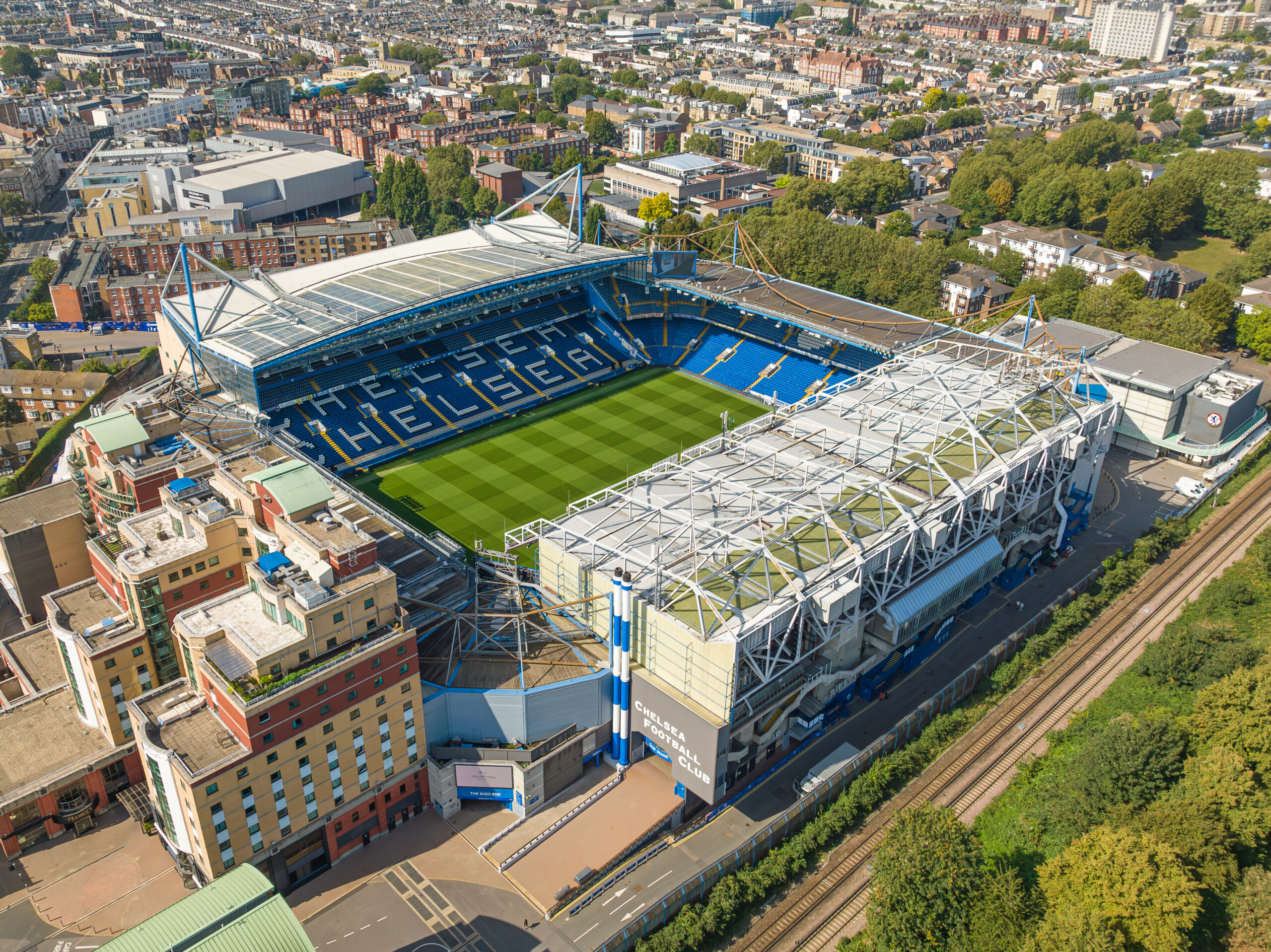
Craven Cottage
London, England

London
-
England
Stamford Bridge, the historic home of Chelsea Football Club, is one of London’s most iconic football stadiums. With a rich history dating back to 1877 and a seating capacity of over 40,000, it offers fans an unforgettable matchday experience. Explore its storied past, architectural features, and visitor information in this comprehensive guide.
40173
Stamford Bridge, located in Fulham, London, opened on April 28, 1877, originally serving as an athletics venue for the London Athletic Club. In 1904, brothers Henry and Joseph Mears acquired the stadium with the intention of hosting football matches. After Fulham FC declined the offer to use the ground, the Mears brothers founded Chelsea Football Club in 1905, establishing Stamford Bridge as its home ever since.
Currently, Stamford Bridge has a seating capacity of approximately 40,341, making it the ninth-largest stadium in the Premier League. The stadium comprises four main stands: the Matthew Harding Stand, the East Stand, the Shed End, and the West Stand. Notably, the West Stand features the Westview seating area, offering premium views and modern amenities. The pitch measures 103 meters in length and 67.5 meters in width.
Over the years, Stamford Bridge has undergone several renovations to modernize its facilities. A significant redevelopment plan was proposed in 2015, aiming to increase the capacity to 60,000 seats. The design, inspired by Gothic architecture, featured 264 brick piers encasing the stadium and a steel compression ring supporting the roof. However, due to financial and logistical challenges, the project was put on hold in 2018.
The highest recorded attendance at Stamford Bridge was 82,905 spectators during a match between Chelsea and Arsenal in 1935. In the Premier League era, the record attendance stands at 42,332 for a game against Newcastle United on December 4, 2004.
Stamford Bridge features four main stands:
Each stand is divided into upper and lower tiers, providing various viewing experiences for spectators.